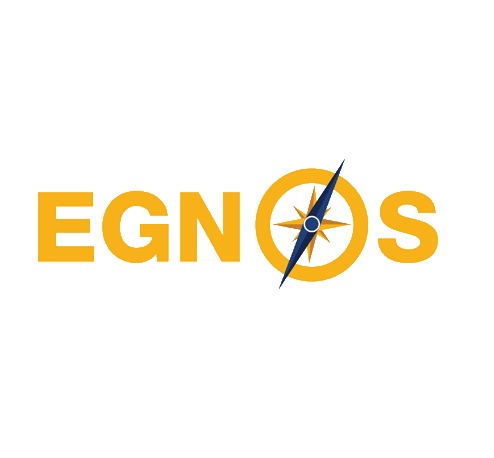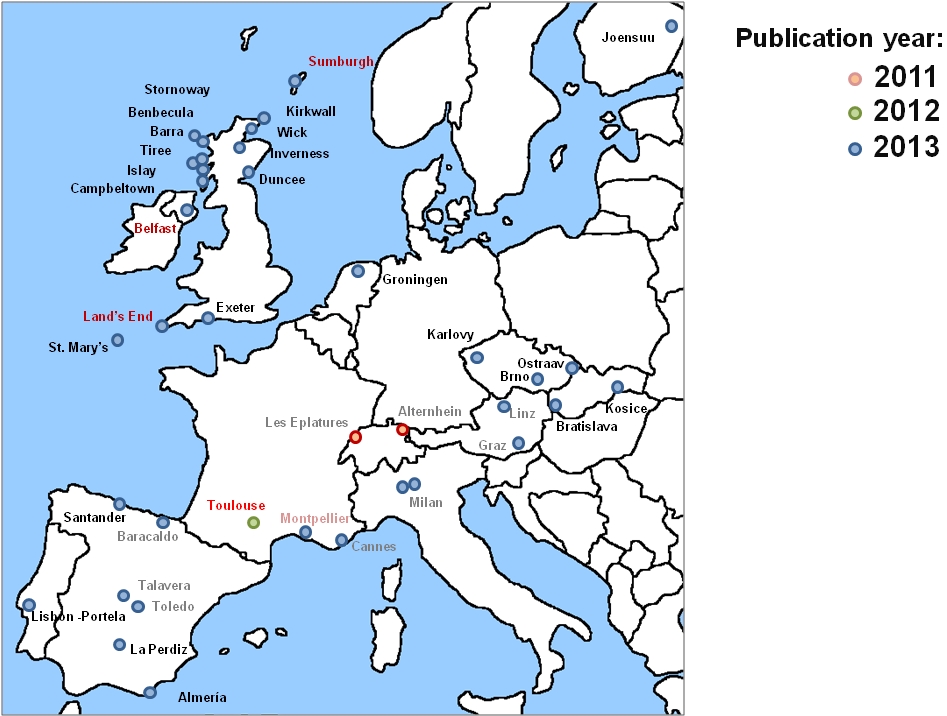Which came first: the chicken or the egg? It is an old puzzle, but applicable to many contemporary situations. For instance, in the aviation sector adoption of EGNOS-enabled navigation procedures needs acceptance from all sides - airports, aircraft manufacturers, operators and air navigation service providers (ANSPs) – to realise maximum benefits for all. The Accepta project is working to break inertia in the sector and accelerate adoption of EGNOS technologies.
 The Accepta (Accelerating EGNOS Adoption in Aviation) project aims to procure a wide scale, real-life adoption of EGNOS-enabled LPV (localiser performance with vertical guidance) approaches across Europe in areas where the EGNOS signal is available and certified.
The Accepta (Accelerating EGNOS Adoption in Aviation) project aims to procure a wide scale, real-life adoption of EGNOS-enabled LPV (localiser performance with vertical guidance) approaches across Europe in areas where the EGNOS signal is available and certified.
This European Commission funded FP7 project, managed by the European GNSS Agency (GSA), builds on a series of previous research projects that have successfully trialled EGNOS approaches for the aviation sector. These previous projects have largely focused on the introduction of EGNOS applications is specific markets, such as Business Aviation, or flight demonstrations in single aircraft types.
However Accepta’s goals are much wider and more ambitious.
Breaking barriers
 Luis Chocano is Head of the Satellite Navigation Department at Spanish transport and engineering consultancy INECO and is coordinator of the Accepta project. He sees the core idea behind it as breaking a classic ‘chicken and egg’ situation.
Luis Chocano is Head of the Satellite Navigation Department at Spanish transport and engineering consultancy INECO and is coordinator of the Accepta project. He sees the core idea behind it as breaking a classic ‘chicken and egg’ situation.
“Airlines hesitate to equip their aircraft with EGNOS because there are few published approach procedures,” he explains. “But the airports and ANSPs are cautious to invest in developing new procedures because they don’t see too many users!”
The prime aim of Accepta is to foster comprehensive understanding and adoption of EGNOS on all sides. “We will promote the benefits of EGNOS with airlines, business aviation companies and aircraft manufacturers to get the EGNOS avionics equipment on board fleets. And at the same time we will be working with ANSPs to develop and publish the procedures,” says Luis.
A key message to get over to all sides is the huge business benefits of using EGNOS. The inherent integrity of the EGNOS signal enables an aircraft to perform near-precision approaches including vertical guidance (i.e. LPV approaches) down to levels as low as 250 feet without the need for ground-based navigation aids or other expensive infrastructure.
The technique is ideally suited for regional, corporate and general aviation in remote or smaller airports lacking expensive navaid infrastructure, and where the low cost of on-board EGNOS avionics as well as procedures development and training should be important factors.
Runway success
Such a satellite-based augmentation system is well established in the US since 2003, working with the American equivalent of EGNOS: WAAS (Wide Area Augmentation System). In the EU adoption has been slower, however Accepta has already seen real progress. The widespread adoption of EGNOS is also seen as a key element to achieving the goals of Eurocontrol’s Single European Sky initiative.
“France is well advanced – a pioneer,” says Luis. “But the UK is an example of how Accepta has touched the right spot. The UK is a real a success story. Both sides - airports and users - have seen the advantages for small and medium airlines. In particular Scotland has seen big success stories with many aerodromes having already published EGNOS-enabled LPV approaches”. Switzerland already published three procedures and is planning to increase its number.” Italy published three procedures so far and is planning heliports’ procedures within ACCEPTA. Spain recently signed the EGNOS Working Agreement with ESSP and is ready to publish its first LPV procedure in Santander before next summer.
ACCEPTA is ensuring that operational benefits from EGNOS are reaped by operators by supporting installation, certification and operational approval enabled avionics to perform LPV approaches at 44 aircrafts. AirNostrum, Netjets and CityJet among others are choosing EGNOS to increase efficiency and safety in their operations. Air Nostrum estimates that using EGNOS across its fleet will lead to fuel savings of about €6.3 million over ten years, according to its Managing Director Miguel Falcón”.
“Our goal is to ensure that EGNOS is part of the daily operations of all parts of the aviation sector in Europe,” concludes Luis. “And I think Accepta is well on the way to achieving this.”
Media note: This feature can be republished without charge provided the European GNSS Agency (GSA) is acknowledged as the source at the top or the bottom of the story. You must request permission before you use any of the photographs on the site. If you republish, we would be grateful if you could link back to the GSA website.